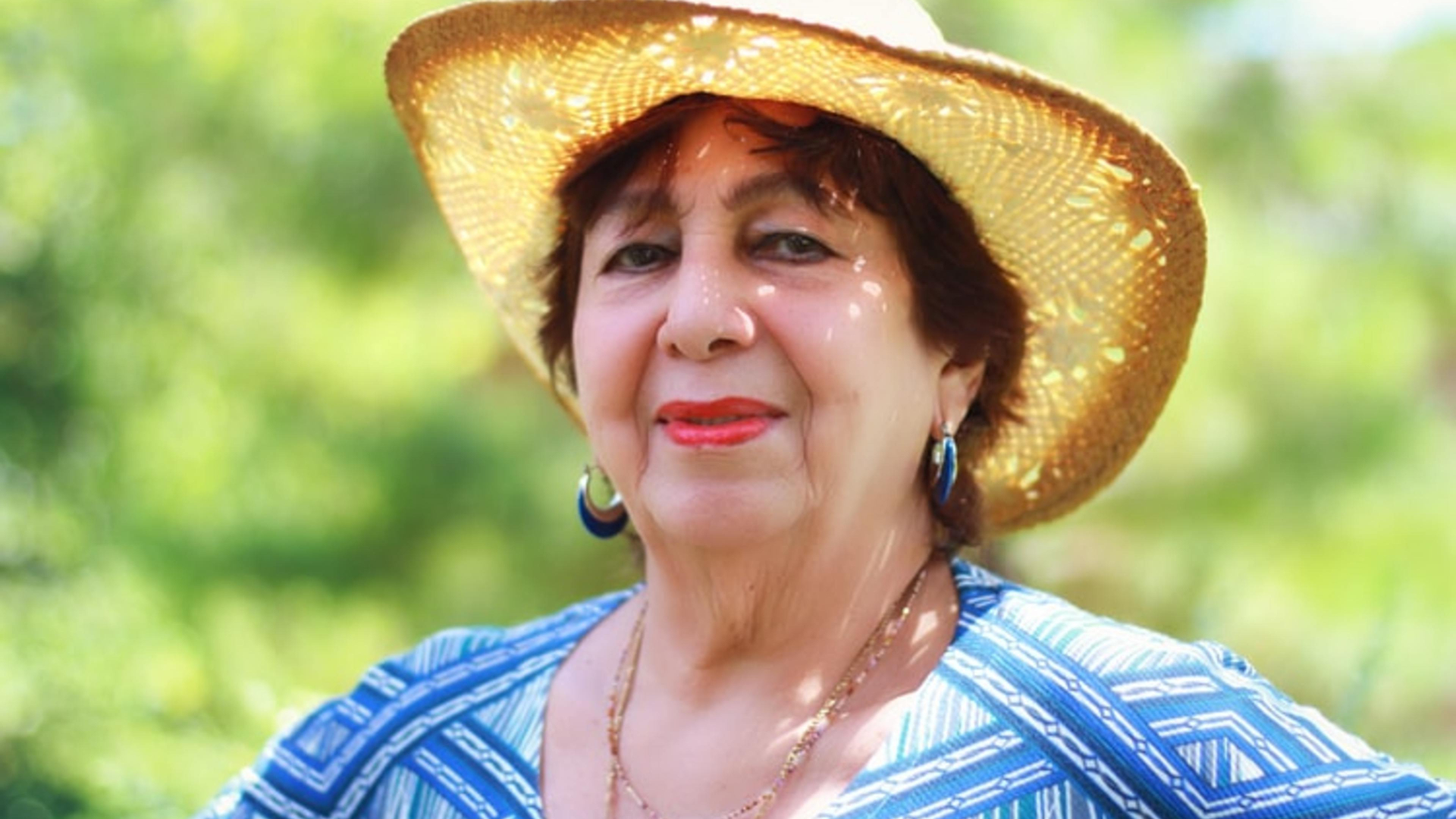Expat Clothes — the Panama Hat
My first painful Latin America apparel lesson came in the form of Panama-style straw hats in Cartagena, Colombia. It was the initial stop on our South American tour, and my husband and I enthusiastically bought jaunty hats with festive ribbons (probably imported from China) with the very naïve belief that it would help us assimilate more quickly. The joy of expat clothes…

We soon learned that nothing would be further from the truth. As we looked around at the sidewalks packed with tourists on holiday, it quickly became apparent that said straw hats were nothing less than neon signs atop our heads that screamed “tourist.”
While few foreigners will truly blend in, you don’t want to blatantly stand out either. There is the very practical reason that foreigners — fairly or unfairly — are often perceived as being wealthy and are therefore a target for crime. Needless to say, you want to avoid wearing expensive-looking jewelry or carrying high-end accessories.
Dressing With Respect
But beyond the crime aspect, dressing in keeping with local customs is also a question of showing respect. Many Latin American countries have strong ties to the Catholic church which influences how they dress. Mostly, the unstated dress code is more modest than seen in places like the U.S.
While younger people may be laxer, women “of a certain age” are rarely seen wearing shorts or sharing their cleavage with the world unless they are in a vacation setting (Medellin, Colombia seems to flaunt that rule, along with its omnipresent ads for procedures like butt implants—but I digress).
A word to the wise for men: Although you may love the practicality of your cargo pants, they will brand you as an outsider. And worn, torn, or otherwise, ratty clothing is also a no-no. Both men and women go out of their way to look presentable, especially in the larger cities. I was told that it is a matter of pride and class-consciousness; regardless of their socio-economic level, no one wants to be viewed as looking poor, nor do they want to associate with those who do.
Look for Authenticity when choosing Clothes
Speaking of Panama hats (which actually originated in Ecuador), there is nothing wrong with buying products local to the community if, in fact, their labels accurately reflect their content and origin. Thrilled that you were able to buy 100% alpaca sweaters at a marketplace in Peru for one-third of the store price? Look again.

Often, even people who are educated consumers in their own countries get so caught up in the magic of foreign countries that they don’t make the same common-sense decisions. When the local product is legitimate, you can make a difference economically in the lives of people who have carefully passed along their traditions and handicrafts from generation to generation.
Cheap Clothes Are Not Always Authentic
But buying imported, counterfeit, or incorrectly labeled or promoted merchandise — while it does not seem to do harm — creates a false pricing structure. It causes consumers to view legitimate handcrafted goods as too expensive, thus penalizing local craftspeople. That being said, you can often buy beautiful, handmade clothing for a fraction of the cost of what you’d pay at some boutique shop in Europe and the U.S.
And what about staple items, like your must-have pair of jeans with the perfect fit? According to Numbeo, a pair of jeans that costs $41.50 in the U.S, will set you back $64.63 in Costa Rica, $67.70 in Ecuador, $95.70 in Argentina, and a whopping $97.67 in Uruguay. You’re typically better off bringing name-brand clothes from home if that’s what you’re into.
Having apparel angst? We’d love to hear your stories.
by: Eileen Brill Wagner


